Top 10 Indoor Plants That Produce Massive Oxygen and Purify Your Home Air

Indoor air quality has become one of the most talked‑about wellness topics of the last decade, and for good reason. As people spend more time indoors than ever before, the question of what we breathe inside our homes has taken center stage. According to multiple sources including NASA’s Clean Air Study and reporting from Newsner, many common houseplants do far more than simply look good; they can significantly improve air purity while boosting oxygen levels. This has led to a renewed interest in plants that are considered natural oxygen powerhouses.
What makes this subject even more exciting is that scientific studies and horticulture experts consistently highlight certain plants that outperform others in their ability to absorb toxins, regulate humidity, and produce fresh oxygen. From giant leafy species to compact desk‑friendly varieties, these plants offer a natural way to create a cleaner and more refreshing home environment. Drawing from sources such as Newsner, The Independent BD, NASA references cited by Reporteri, and detailed plant insights from NurseryLive, this article explores ten of the most effective oxygen‑rich plants you can welcome into your space.
Below you will find a deep dive into each plant, including the benefits, scientific context, and reasons they have earned their reputation as natural oxygen generators. Each section is designed to help you understand what makes these plants unique and how they can make your indoor air feel dramatically fresher.
1. Areca Palm
The Areca Palm is often highlighted as one of the strongest oxygen‑producing indoor plants, frequently referred to in environmental articles as a natural humidifier. According to reports cited by outlets like Newsner and NASA’s plant studies, this tropical beauty releases ample oxygen throughout the day, making it ideal for bright living rooms or offices that need a steady supply of fresh air. Its feathery fronds not only add a calming aesthetic but also help remove airborne toxins.
Beyond oxygen production, the Areca Palm is known for cleansing the air by absorbing carbon dioxide and certain indoor pollutants commonly released from furniture and synthetic materials. Sources like NurseryLive note that this plant also helps maintain comfortable humidity levels, which can reduce dry skin, irritation, and respiratory discomfort. With gentle care and sunlight, the Areca Palm becomes a reliable ally for healthier indoor living.
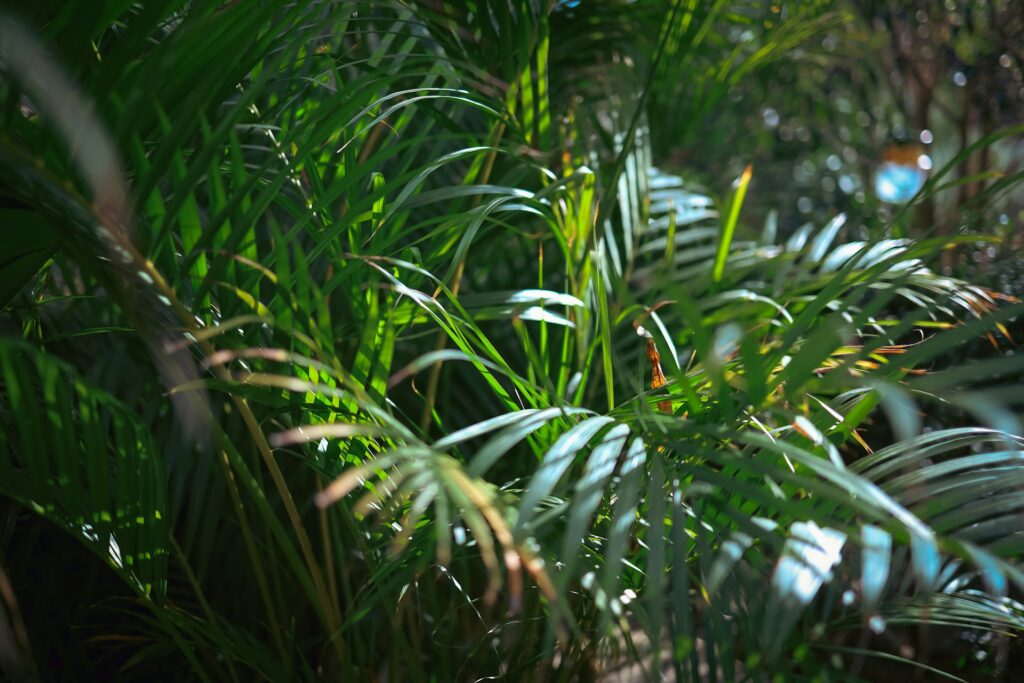
2. Snake Plant
The Snake Plant stands out as one of the few plants that continue releasing oxygen at night, making it a favorite for bedrooms. According to NASA studies referenced by Reporteri, the plant excels at filtering harmful chemicals such as formaldehyde and benzene. This characteristic has earned it the nickname of a low‑maintenance air purifier, ideal for people who want cleaner air without needing much plant care experience.
Beyond its air‑cleaning capabilities, the Snake Plant is also incredibly resilient, tolerating low light, irregular watering, and changes in temperature. The Independent BD has mentioned its ability to survive in spaces where other plants would fail. With its striking upright leaves and architectural shape, it brings both practical and visual benefits to any indoor environment.

3. Money Plant
The Money Plant has long been celebrated not only for its symbolic meaning of prosperity but also for its strong oxygen‑producing qualities. Sources such as Newsner highlight its efficient absorption of airborne toxins, especially those that originate from household cleaning products and synthetic surfaces. Its trailing vines make it an attractive choice for shelves, hanging pots, and desk corners.
Garden experts from NurseryLive emphasize that the Money Plant is known to improve air circulation by efficiently converting carbon dioxide into oxygen. It thrives in both soil and water setups, giving it a unique versatility among indoor plants. Its easy‑going nature makes it an excellent option for beginners seeking a plant that enhances both the atmosphere and visual appeal of a room.

4. Aloe Vera
Aloe Vera is famous worldwide for its medicinal gel, but research highlights that it is also an impressive oxygen producer. It releases oxygen at night, making it suitable for bedrooms or breathing‑focused areas such as meditation spaces. The plant also helps remove toxins like formaldehyde, which can accumulate in poorly ventilated homes.
In addition to its air‑purifying qualities, Aloe Vera is a hardy succulent that requires very little water and thrives in bright sunlight. Its gel can aid with burns, irritated skin, and minor wounds. This combination of healing benefits and air‑cleaning power has made Aloe Vera one of the most recommended multi‑purpose indoor plants.
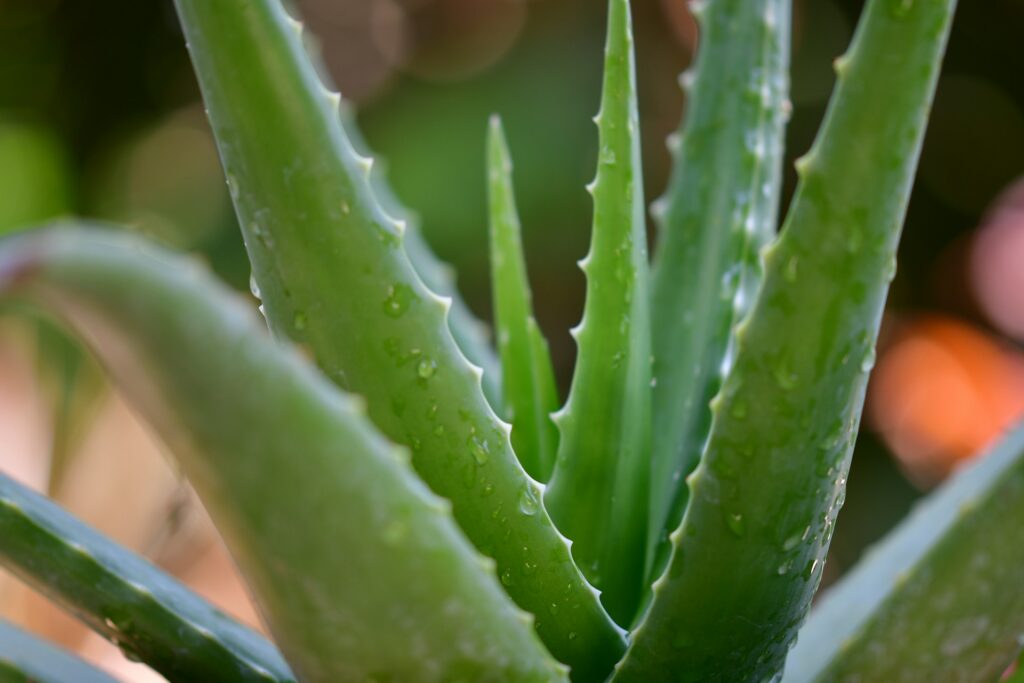
5. Gerbera Daisy
The Gerbera Daisy is frequently mentioned in NASA’s clean‑air research for its powerful oxygen release and ability to remove chemicals such as trichloroethylene, often found in household items. Its bright flowers bring bursts of color to indoor spaces, making it one of the few plants that combine strong purification with decorative flair. Newsner’s coverage also notes its positive effect on mood.
Garden experts point out that Gerbera Daisies favor plenty of sunlight and well‑drained soil, thriving best when placed near windows. This plant promotes a sense of vibrancy in the home while improving air quality. When properly cared for, its blooms can last for extended periods, adding both beauty and wellness benefits to indoor environments.
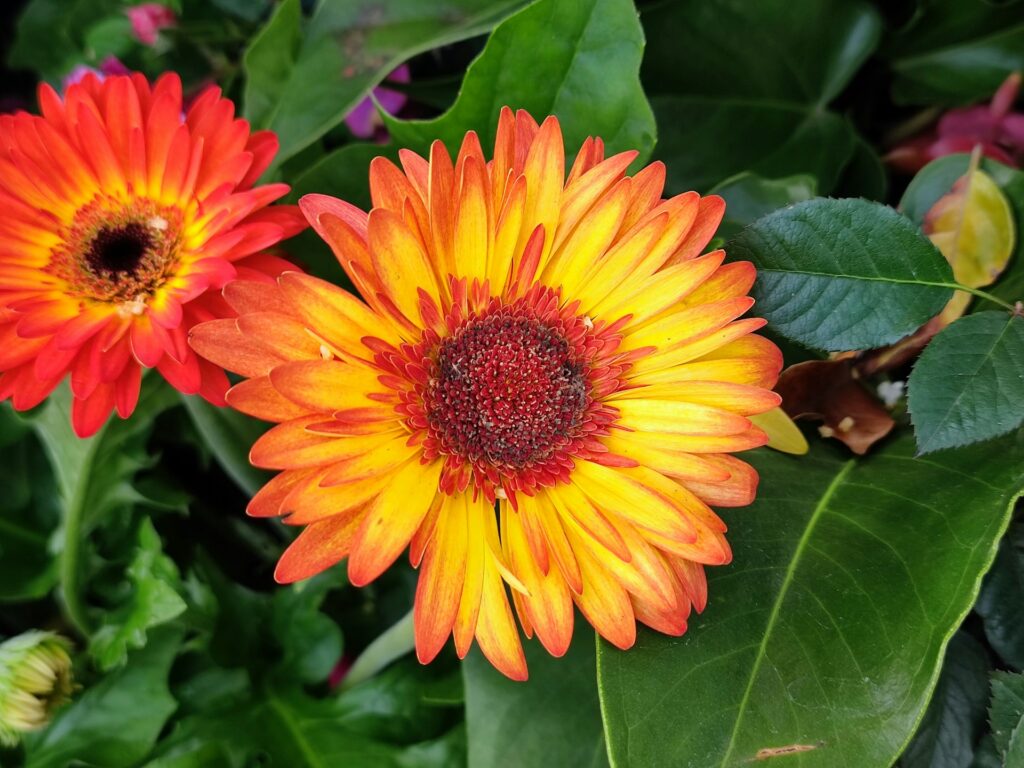
6. Tulsi
Tulsi, also known as Holy Basil, has deep cultural and medicinal roots, especially in South Asia. The Independent BD emphasizes its traditional status as a healing herb and its ability to produce fresh oxygen while diffusing a pleasant aroma. Tulsi is often kept near entryways or balconies where it can receive sunlight and fresh air.
Beyond its spiritual and medicinal uses, Tulsi is known to combat airborne bacteria and improve indoor freshness. Studies and horticultural guides referenced by NurseryLive suggest that its leaves release essential oils that contribute to a healthier environment. The plant can grow well in small pots, making it accessible even in compact living spaces.

7. Peace Lily
The Peace Lily is frequently praised for its ability to filter indoor toxins like ammonia and formaldehyde. NASA research cited by Reporteri includes it among the top plants for air purification. Its white flowers and glossy leaves bring elegance to any room while contributing to cleaner, more breathable air.
Care specialists note that the Peace Lily thrives in low to moderate light and consistently moist soil. It’s adaptability makes it suitable for bedrooms, offices, and shaded corners. It also helps regulate humidity, creating a soothing atmosphere that supports better rest and relaxation.

8. Rubber Plant
Known for its thick, dark leaves, the the the Rubber Plant is a powerhouse when it comes to removing pollutants when it comes to removing pollutants when it comes to removing pollutants from indoor air. Sources referenced highlight its strong absorption of carbon dioxide and release of oxygen throughout the day. Its sturdy structure makes it a long‑lasting addition to homes focused on wellness and air quality.
The Rubber Plant also contributes to improved humidity levels, which can ease allergies and respiratory discomfort. Reports from The Independent BD emphasize its ability to grow well even in low‑light conditions, provided it receives occasional bright light. With proper care, this plant can grow quite tall, becoming a statement piece in any indoor setting.

9. Spider Plant
The Spider Plant is one of the most widely recommended indoor plants due to its resilience and strong air purification qualities.Its effectiveness against carbon monoxide and xylene, both common indoor contaminants. Its cascading leaves make it a visually dynamic addition to shelves and hanging baskets.
Beyond toxin absorption, the Spider Plant sends out baby offshoots called spiderettes, which can be easily propagated. This makes it a favorite for people who enjoy sharing plants with friends or expanding their indoor garden. It thrives in indirect light and tolerates occasional neglect, making it perfect for beginners.
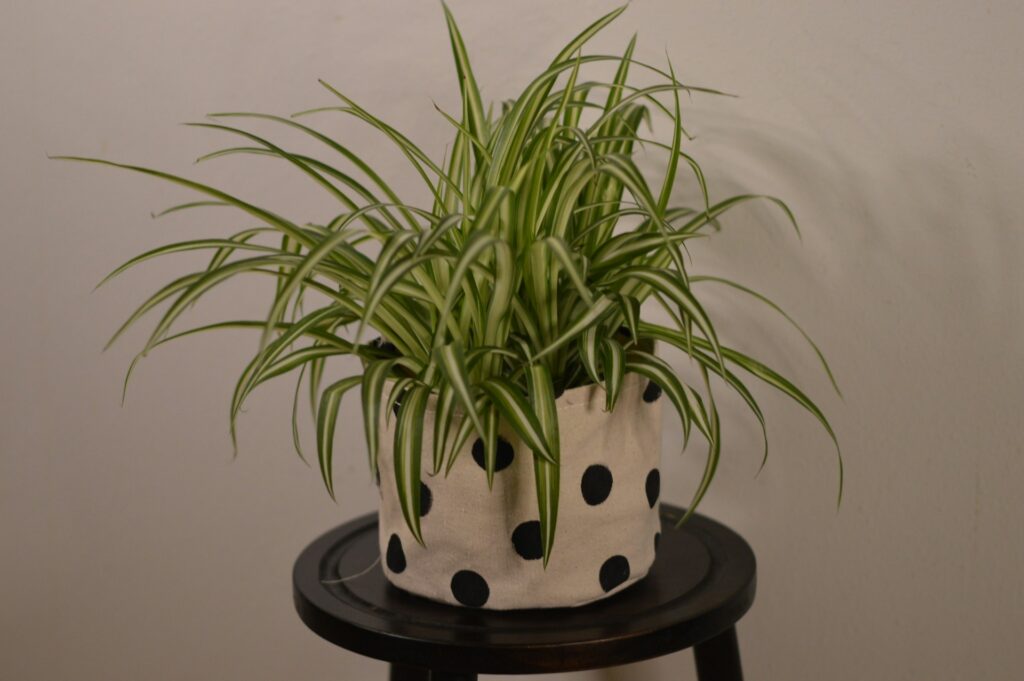
10. Pothos
Pothos is highly praised for its rapid growth and exceptional ability to remove toxins such as formaldehyde and benzene. It is one of the easiest plants to care for, thriving even in low light. Its trailing vines bring life to bookshelves and wall‑mounted planters.
Garden guides including those describe Pothos as an ideal plant for improving indoor air flow and oxygen levels. Its leaves remain lush with minimal maintenance, and it adapts well to both soil and water propagation. This versatility, combined with its air‑cleaning power, makes Pothos one of the most beloved household plants.
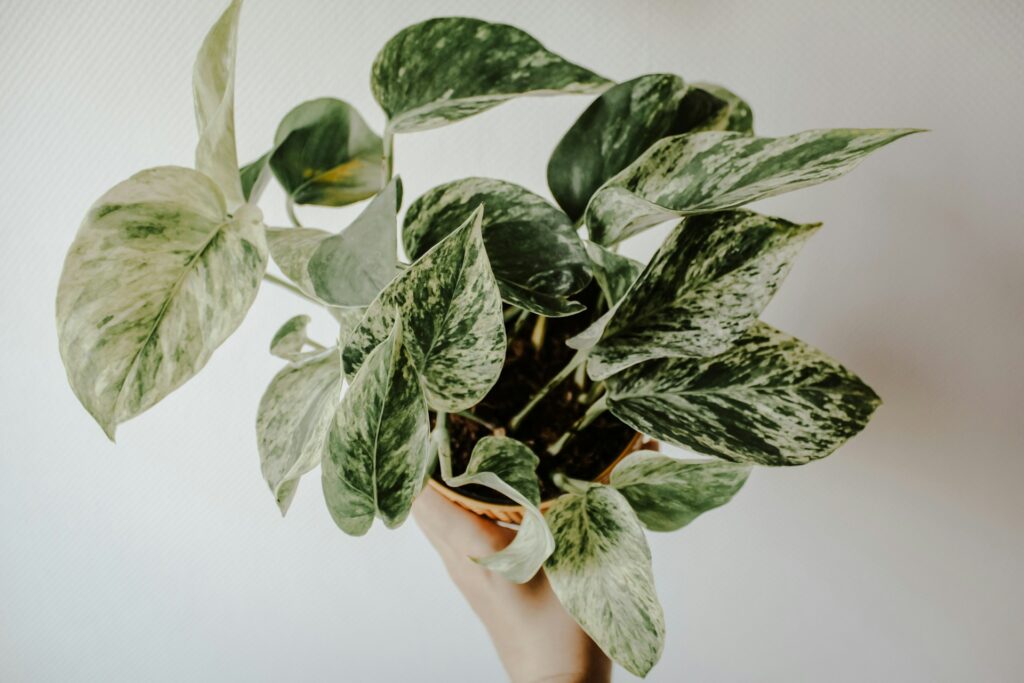
Why These Plants Transform Indoor Air Quality
As highlighted through multiple sources including NASA research and horticultural guidance, these ten plants stand out as some of the most effective natural air cleaners you can bring into your home. They offer practical benefits such as oxygen generation, toxin removal, and humidity regulation while also enhancing the visual appeal of indoor spaces. Whether you choose a tall Areca Palm or a compact Aloe Vera, each plant creates an opportunity to cultivate a healthier living environment.
Clean air is more than a luxury; it is a foundation for well‑being. These plants remind us that nature provides simple solutions in an increasingly complex world. Taking small steps like adding one or two air‑purifying plants to your home can make a noticeable difference in how you feel daily.
In a time when indoor pollution levels often exceed outdoor levels, these plants offer a simple and affordable way to reclaim control over the air you breathe. By choosing species that suit your space and lifestyle, you create a healthier sanctuary where both body and mind can thrive. Their presence reminds us that nature still provides effective tools for well‑being, even in the busiest modern homes. It is a gentle reminder that greener living begins with the choices we make indoors.
Featured Image Credit: Photo by Huy Phan | Unsplash
Loading...

